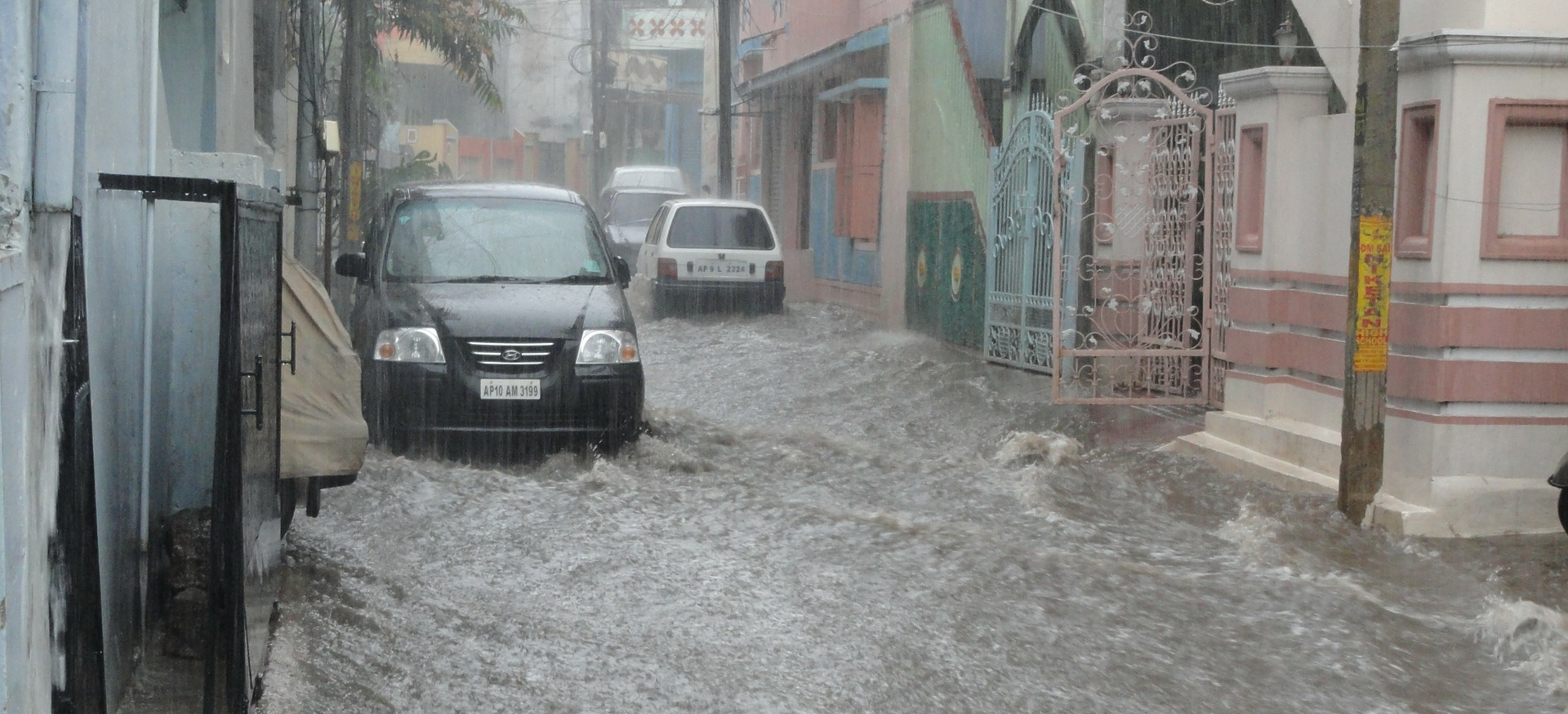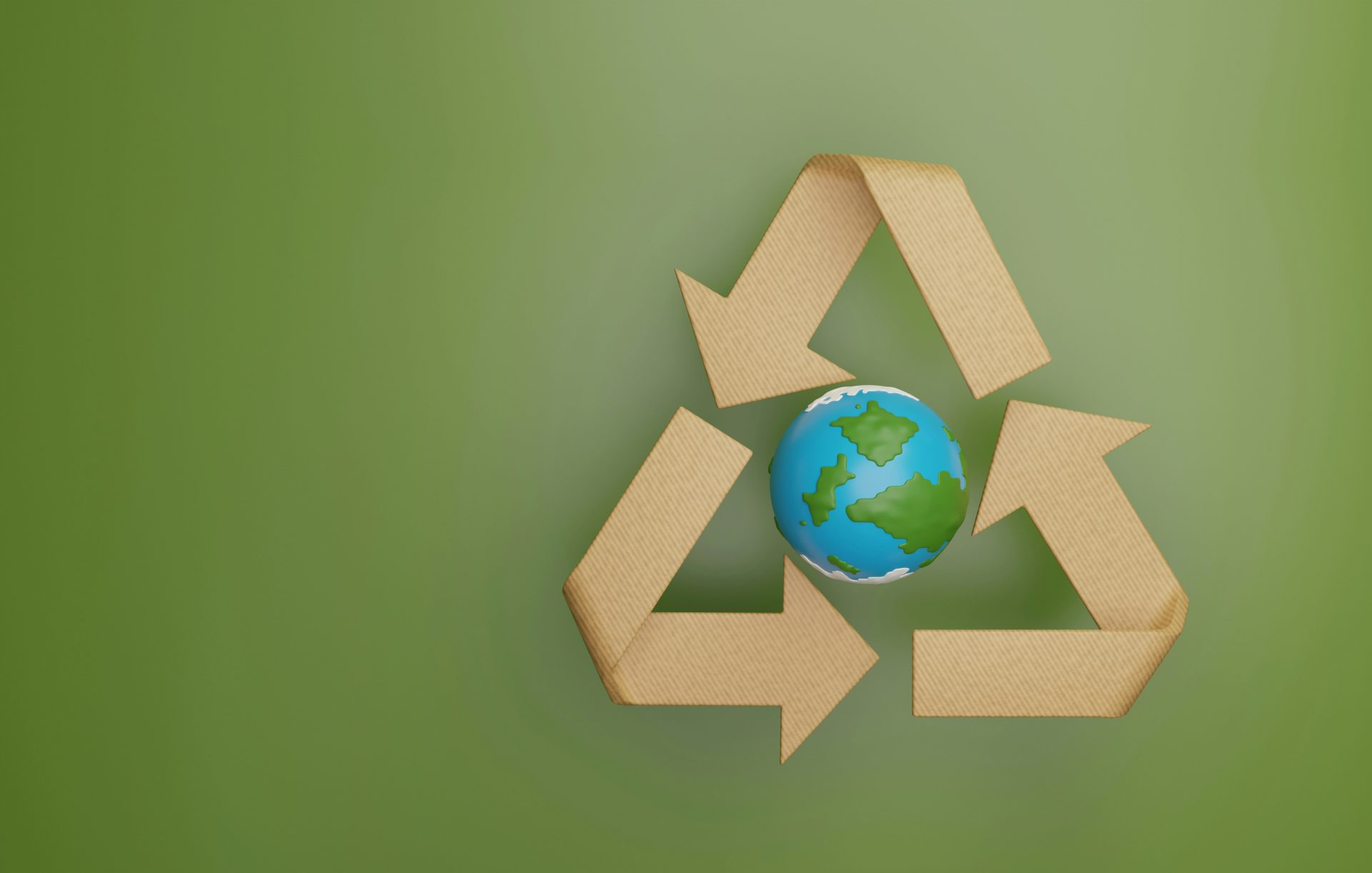Managing India’s Energy Transition
The climate crisis is the most pressing issue of the 21st century. We have seen glimpses of the impacts of climate change, through the 2019-20 Australia bushfire season being just one of many incidents. The bushfires burned more than 46 million acres of forest area, killing countless animal and vegetation. Many lost their lives and livelihoods. The Insurance Council estimated the losses at US$1.3 billion in insured claims alone, with some calculations pegging the total loss at US$2.9 billion.
This is but an account of one disaster. There are several disasters that hit countries around the world annually. The flooding due to excessive rains witnessed in Asian countries such as India and Indonesia, and the destruction brought by tornadoes have become more regular and dangerous in the US.
It’s a severe crisis that needs immediate action and India stands to play a vital role. This and many such emerging issues are being discussed in our upcoming Horasis India Meeting, from 25-26 September in Vietnam. The meeting will bring together 300 of the most senior members of Horasis to inspire India’s future.
India’s Climate Problems
Demands of electricity have surged with the increasing population in India, which is made further worse by rising incomes; better life longevity; and changing consumption habits. After India opened its economy in 1990 for foreign companies and investors, the country witnessed a rise in international businesses that opened its factories and industries, encouraged by young and cheap labor.
Skip to three decades later and India now has a pressing issue of growing climate change impacts.
Cyclones have also become a regular phenomenon in the South Asian country. In May 2020, at the height of the pandemic, Bangladesh and India were hit by the first super cyclone after more than two decades. The cyclone claimed 86 lives, impacted over 13 million people, and created losses amounting to approximately US$14 billion. According to the World Meteorological Organization, India faced an average annual loss of US$87 billion in 2020 due to cyclones, floods, and droughts.
Now these are the direct impacts of weather change, but what about the countless unseen impacts of climate change such as job loss, education loss, and nutrition loss, just to name a few. India—like always—must rise to the occasion.
Shift to Renewables
Decarbonization can be the first bold step that India can take. This is easier said than done as India’s coal consumption is still very high. India consumed 931 metric ton (Mt) of coal in 2020, which expectedly rose up sharply to 1,056 (Mt) in 2021, at the back of easing of pandemic restrictions. The IEA expects India’s coal demands to increase at an average annual rate of 3.9% to 1.18 billion ton in 2024.
“The pledges to reach net zero emissions made by many countries, including China and India, should have very strong implications for coal – but these are not yet visible in our near-term forecast, reflecting the major gap between ambitions and action,” said Keisuke Sadamori, Director of Energy Markets and Security at the IEA. “Asia dominates the global coal market, with China and India accounting for two-thirds of overall demand. These two economies – dependent on coal and with a combined population of almost 3 billion people – hold the key to future coal demand.”
Energy demands are expected to rise as India pushes for a post-pandemic recovery. But this growth will have to be fuelled by renewables.
Actions Taken
There are steps that India has taken to address these concerns. In CoP26, India announced its five-fold strategy to achieve net-zero emissions by 2070.
- India plans to increase its non-fossil energy capacity to 500 GW by 2030 from 134 GW in 2019.
- India plans to meet 50% of its energy requirements from renewable energy by 2030. India’s installed capacity of renewables will be 455 GW made of solar and wind, while hydropower will make up an addition 61 GW.
- India plans to cut its emissions by 1 billion tons in 2030.
- By 2030, India aims to reduce its carbon intensity by less than 45%, for which it will need to work on its carbon-intense sectors such as transport and industrial sectors such as cement, iron and steel.
- India looks certain to reach its net zero targets by 2070. But equal efforts are required by other Western nations and China to ensure that the world stays below 1.5°C temperature.
The Bigger Question
The actions look promising. But India’s bigger concern will be to ensure equitable growth in keeping with this new energy future, where the poor of the country are not forgotten.
This will be a tumultuous task considering the population of India depends on cheap power to develop its future. It will also need support – both monetary and non-monetary in this fight against climate change.
Photo Caption: The frequency and intensity of cyclones have increased in India.



